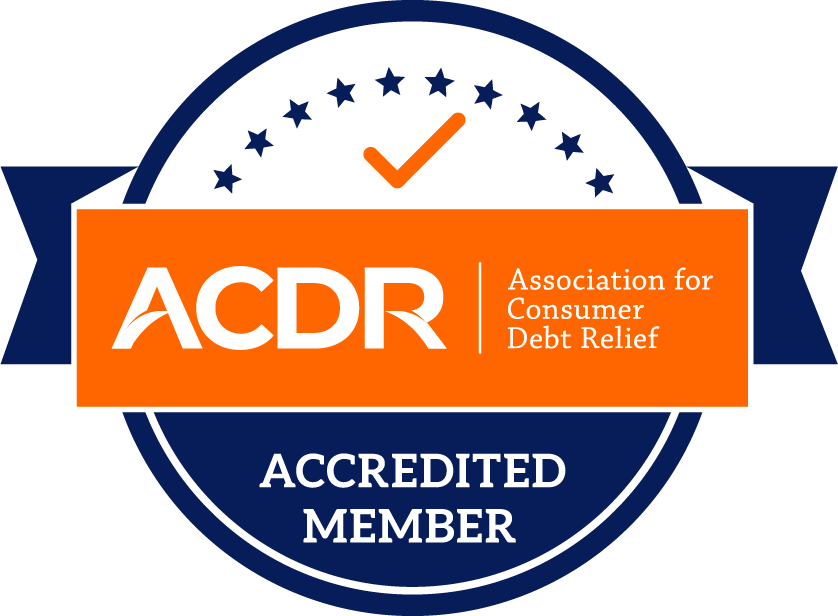Tag Archives: types of debt
-

6m read
Read moreWith debt being such an overwhelming subject to deal with, it can be easy to forget that it is a problem that impacts millions of people every year. Whether you are a relatively new borrower at only 18 years old or have maintained a well-seasoned financial history for decades, there is a constant stream of […]
-

5m read
Read moreQualifying for Debt Settlement Services This particular debt solution allows you to work with a debt relief company to negotiate a lower amount owed to your lender. Because the new amount owed is significantly lowered, most people can pay off the debt completely in two to three years. While debt settlement is ultimately a great […]
-

4m read
Read moreDebt is an undeniable part of adulthood. No matter how much money you make and what career path you are in, nobody can hide from it forever. It can come into your life through student loans, creep up with one too many credit cards, or you could just be down on your luck as a […]
-

6m read
Read moreThe Value Getting Relief From Debt Every day, millions of Americans grapple with financial woes. Households in this country owe more than $13 trillion in overall debt, per a 2017 study, and, as of March 2018, the average home that carries debt owes more than $130,000. The latest information from the U.S. Census Bureau states […]
-

5m read
Read moreWhy American Debt Relief Is Important When dealing with debt, it can be easy to assume that you are the only person struggling. Millions of Americans today are struggling to make the required monthly payments. As the cost of living continues to increase, it is becoming more difficult to manage spending. Regardless of your financial […]
-

3m read
Read moreBad Debt in America Millions of people today struggle with all different types of debt. According to a Federal Reserve Report on the Economic Well-Being of U.S. Households, published in May 2017, 79% of Americans have at least one credit card. This means that millions of Americans are faced with credit card debt and have […]



